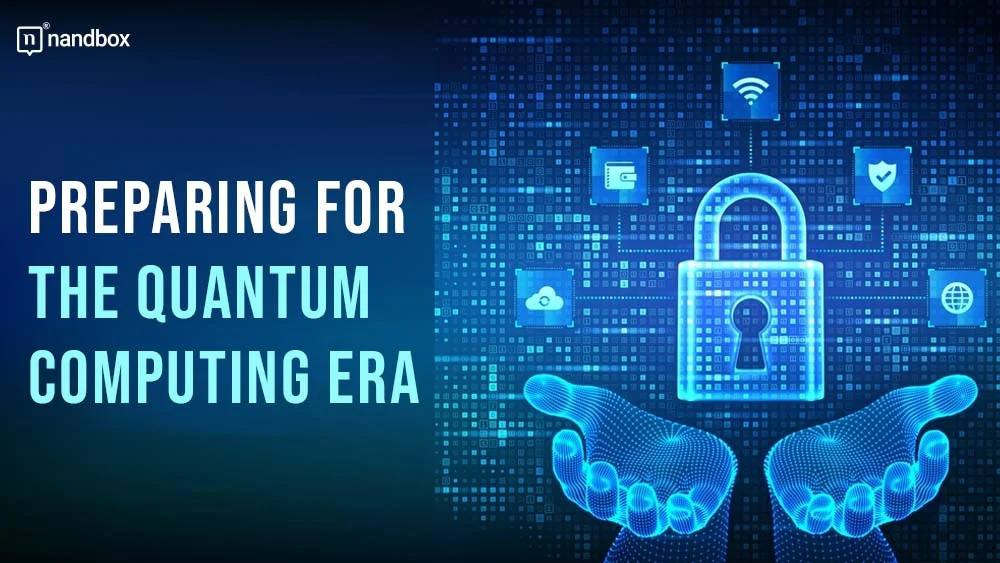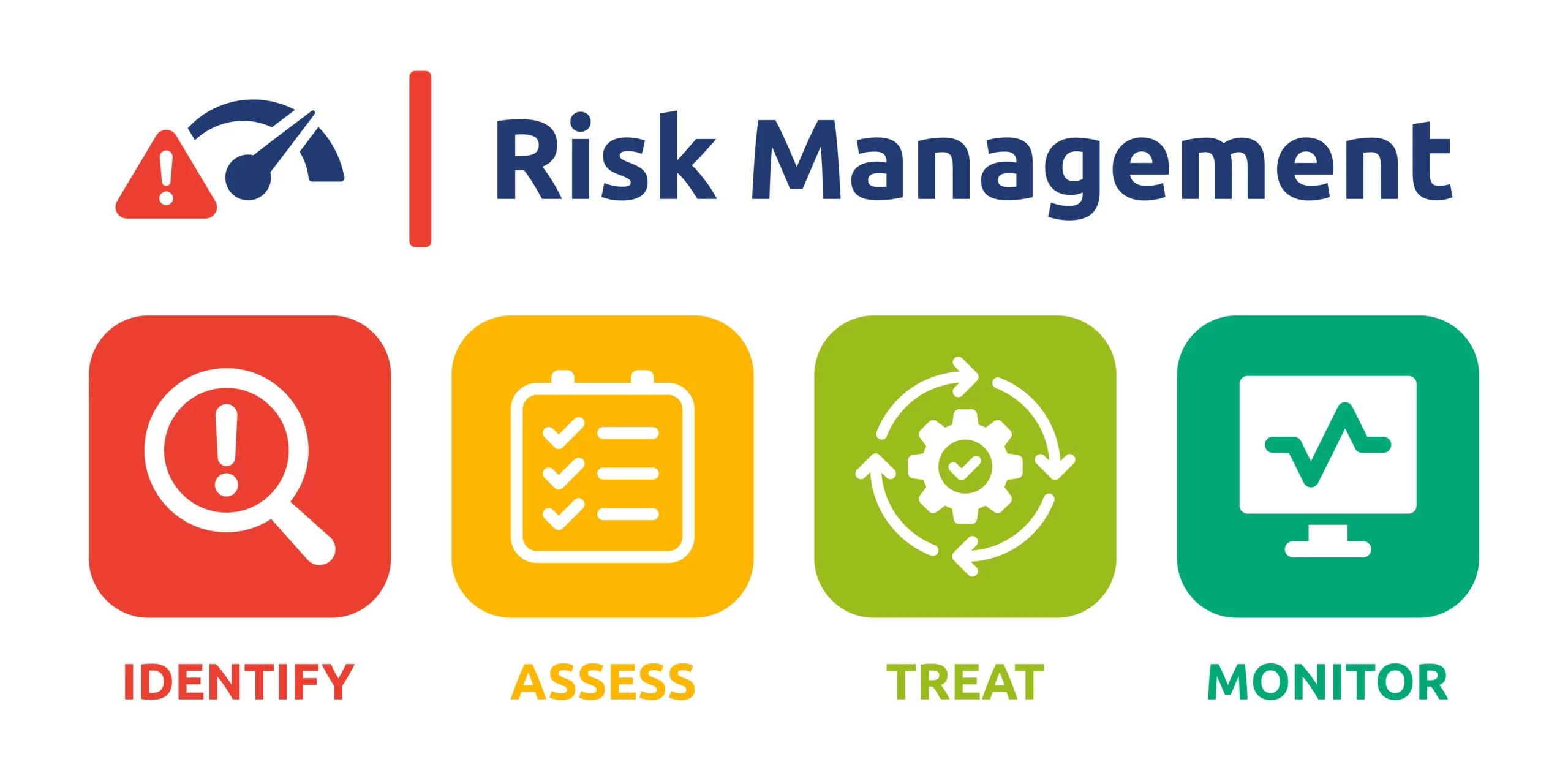A quantum computing revolution is coming, which many experts say will affect the digital world by no later than 2030. The power that this leap of technology promises to bring into reality is unprecedented computational power, but it also places a great threat to current data encryption methods.
Any business, no matter the size, should be aware that the encryption algorithms in use today will not stand up to the brute force power of quantum computing. The ‘harvest now, decrypt later’ threat looms over us, whereby actors collect the encrypted data today and then just wait for the day to come when they’ll be able to unlock this data using quantum computers.
Hang on as we’ll go into depth about the risks that come with quantum computing. Besides that, we’ll also be discussing how businesses like yours should prepare by improving their overall cybersecurity posture.
Understanding Post-Quantum Cryptography (PQC)
Post-quantum cryptography or quantum-resistant cryptography refers to a new generation of cryptographic algorithms designed to withstand attacks from powerful quantum computers.
Unlike the current encryption methods, which rely on mathematical problems that will be easily solvable by quantum computers, post-quantum cryptographic algorithms are believed to be resistant to quantum attacks, making them a critical tool for protecting sensitive data as we transition into the quantum age.
Businesses need to be prepared, as today’s encrypted data could be exposed in the future. What can they do about it? Well, working with a post-quantum cryptography blueprint can create a robust defense against threats. This way, they get to maintain the confidentiality, integrity, and availability of their data no matter how powerful quantum computers become.
Understanding the Quantum Threat
The quantum threat isn’t just a theoretical concern; it’s a practical challenge with far-reaching consequences. Here are some of the top threats presented by quantum technology:
Vulnerability of Current Encryption
Widely used encryption algorithms like elliptic curve cryptography (ECC) and RSA rely on mathematical problems that are extremely difficult for classical computers to solve. However, quantum computers, with their ability to perform complex calculations exponentially faster, are poised to break these algorithms. This means that data encrypted with these methods would become readily accessible to malicious actors in the quantum era, rendering current security measures obsolete.
Harvest Now, Decrypt Later
This insidious strategy involves cybercriminals collecting and storing encrypted data today, with the intention of decrypting it once powerful quantum computers become readily available.
According to a study, the quantum computing market is expected to reach USD $5.3 billion by 2029, and this makes cybercrime hard to defeat.
This ‘harvest now, decrypt later’ approach is particularly concerning for businesses that handle sensitive data with long-term confidentiality requirements, such as financial institutions, healthcare providers, and government agencies.
The Stakes for Businesses
The potential consequences of compromised data in the quantum era are dire. Businesses could face financial losses due to theft, fraud, or extortion. Besides that, reputational damage resulting from data breaches could erode customer trust and lead to long-term business impacts.
Moreover, businesses in regulated industries could face legal repercussions for failing to adequately protect sensitive data.
The stakes are high, and the need for proactive measures to address the quantum threat is undeniable.
Steps to Quantum Cybersecurity Readiness
Preparing for the quantum era isn’t a one-size-fits-all endeavor; it requires a tailored approach that addresses each organization’s unique risk profile and security needs.
Risk Assessment
The first step in achieving quantum cybersecurity readiness? Conduct a comprehensive risk assessment. This involves identifying and evaluating potential vulnerabilities within your organization’s systems, networks, and data.
One report shows that it takes about 277 days to identify and contain a security breach. This is due to a lack of proper risk assessment strategies that often leave networks exposed to cyber threats.
A thorough risk assessment considers both internal and external factors, and these include the sensitivity of data, the likelihood of quantum attacks, and the potential impact of a data breach. The result? Taking on mitigation efforts and resource allocation wherein nothing goes to waste won’t be that complicated.
Once vulnerabilities are identified, what’s next? The assessment should also evaluate the effectiveness of existing security measures. This includes looking into current encryption methods, the robustness of key management practices, and the adequacy of incident response plans.
Identify Sensitive Data
Not all data is created equally, and some types are more attractive targets for quantum attacks than others. For instance, healthcare data is targeted by about 35% of all analyzed third-party breaches because of its value and sensitivity.
You’ve got to identify and prioritize the protection of sensitive data.
Prioritizing the protection of sensitive data involves implementing stricter access controls, stronger encryption, and more robust monitoring mechanisms. Data minimization practices, where only the necessary data is collected and retained, may also be part of this process.
Doing so allows you to maximize your return on investment in cybersecurity. More importantly, you get to minimize the potential impact of a quantum attack.
Upgrade Cryptography
Transitioning to post-quantum cryptography lies at the heart of quantum era preparation. The traditional algorithms described above will be vulnerable to quantum attacks. Thus, upgrading to new quantum-resistant algorithms will be of the utmost importance to the future security of your data. You must first identify all systems and applications that use traditional encryption algorithms. This will make it easier once your business starts the transition process to PQC algorithms.
Achieve Crypto Agility
Crypto agility is the ability to quickly and easily switch between different cryptographic algorithms in response to evolving threats or technological advancements. In the quantum era, this will be critical for ensuring that your organization can adapt to new quantum-resistant algorithms as they become available. It’ll help you future-proof your cybersecurity infrastructure and remain resilient.
Conclusion
The quantum computing era isn’t a distant prospect; it’s an impending reality that demands our immediate attention. The risks are real, but so are the solutions. Embrace post-quantum cryptography and start preparing today. Proactively prepare for the future. These steps are what will give you the confidence to navigate the quantum landscape no matter how tricky it is. Talk about safeguarding even your most sensitive data the best way possible.




